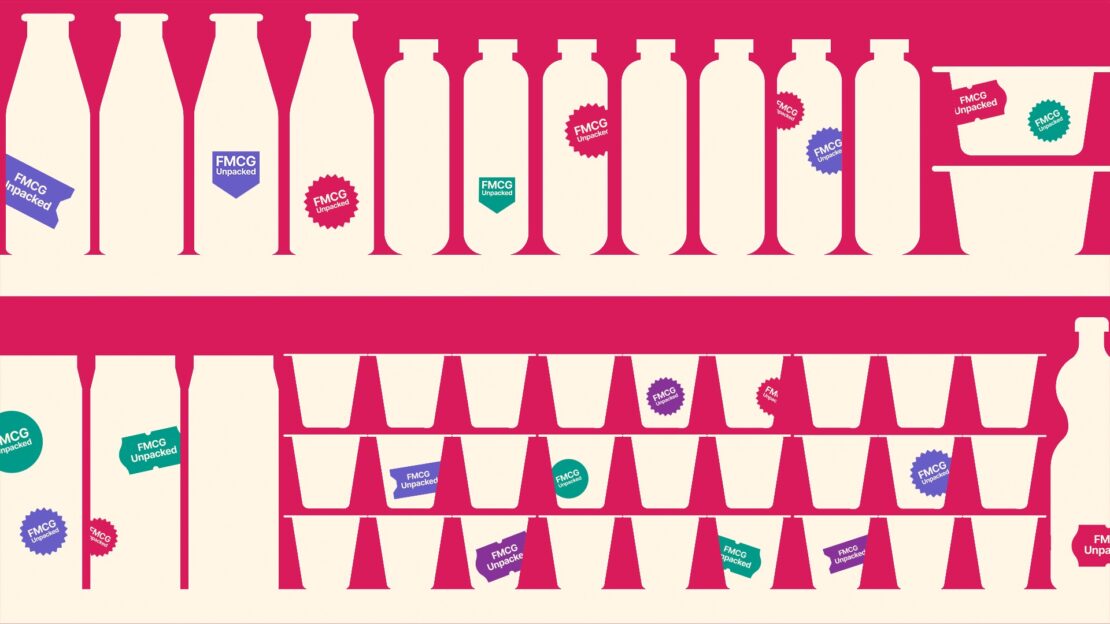5 things defining successful communication in 2021
October 6th, 2023
There’s no doubt 2020 was a remarkable year – in the literal sense rather than the positive. Individuals, businesses, brands, governments and society have been tested like never before, and it is clear that the upheaval we saw early in the year is set to continue well into 2021.
It’s a cliché to say that crisis and opportunity go hand-in-hand – but it’s also true that the changes that we are seeing in the worlds of business, politics and social affairs will cause significant changes in communications, and how companies in all areas of operation relate to customers, stakeholders and the wider world around them. Grayling has kept a close eye on the market since the pandemic began, and below, our NY team has outlined five trends which will continue to impact communications over the coming months.
1. Emotions are at an all time high.
It has been a long 11 months and it is not going to get any easier anytime soon. 2020 has been the greatest emotional rollercoaster of modern times. Americans in particular have been hit with a lot of difficult stressors with no significant break for reflection.
For brands and businesses, knowing how to adapt and accommodate the shifting emotions of staff, stakeholders and customers is increasingly critical. All brands, whether B2B or B2C, can and should consider the emotional climate in which they operate when conceiving their communications campaigns.
How can/should businesses address the emotional toll that COVID-19 is taking on all of us? Act, don’t talk. Brands and businesses have now had months to assess what COVID is doing to their customers, staff, suppliers, etc. If you are not taking steps to help some or all of your stakeholders, you’re missing a huge chance to build your brand and grow customer affinity/loyalty.
2. As distractions wane, opportunities grow.
People want to be entertained. With TV schedules looking bare, live entertainment off-limits for the foreseeable future, theaters still looking like an uncertain proposition and Hollywood’s production line having slowed considerably, people are in need of entertainment and distraction now more than ever before. Through partnerships and smart use of professional creators, and with the right strategic platform, anyone can make effective inroads into content – the demand is there.
For example, “co-watching” has provided a safe way for people to get together for “live” events during the quarantine. Recently, a virtual concert by Travis Scott in partnership with videogame Fortnite drew more than 12 million fans.
Like gaming, livestreaming has moved into the mainstream as we all become more used to spending time onscreen. Streams have moved away from just the traditional verticals and YouTube stars – streaming is not just about videogames and makeup influencers and underwhelming dance trends on TikTok – it’s also about people sharing honest elements of their lives and expertise. Whether your business or brand wants to jump into this directly, or whether it makes more sense to explore partnerships or sponsorship opportunities with established streamers, it’s a huge opportunity to reach new audiences with authenticity and immediacy.
3. Know your audience
We saw in wave one that COVID affects different communities, and different people, in drastically different ways. A one-size-fits-all approach to your communications in wave two simply won’t work; with differential lockdowns likely to continue across countries at varying times, different sectors/geographies suffering in markedly different ways, and different generations having wildly divergent experiences of this ‘new normal’, specific, tailored communications are essential.
4. Spotting the opportunity
A lot has been written (rightly) about the negative impact of COVID on business and the difficulties that are being faced – but there are also developing opportunities. Close alignment with consumer trends and policymaker’s thinking can result in stability and even success for businesses with a forward-thinking mindset.
While there’s an undeniable strain placed on bricks and mortar retailers, it’s also true that the pandemic has seen some business and areas of the sector get a new lease of life. From the creation of new sales experiences (from a consumer point of view), to helping use local spaces as an extension of CSR, to the creation of omnichannel opportunities which enable distancing needs through options like curbside pickup, there is also a real opportunity for previously faceless brands to start to build brand presence and affinity via the adoption of new tech-driven spaces. This is an opportunity for brands and businesses to not only grow through an innovative approach to different mediums, but to bank some goodwill at the same time.
5. Uncertainty = opportunity
We are faced with more uncertainty than ever before, and although this brings challenges, it also creates opportunities. Brands and businesses best-equipped to be agile will be best placed to benefit. As we accept uncertainty, people are embracing a more last minute mindset, where purchase decisions are made quickly to exploit a window of opportunity. According to Skyscanner, most vacationers are searching for flights that depart that same week and airlines are offering travel rewards and flexibility in booking like never before. By catering to this last minute mindset you can make sure you are top of mind when consumers are looking to make quick purchase decisions, or to take advantage of the latest shift in policy as it hits the headlines.
As you continue to plan for 2021, ask yourself: what did the pandemic do to your brand? The best communications solutions are always rooted in the challenge itself. We hope that the above trends serve not only as interesting food for thought, but also act as inspiration as to how you might use the new landscape in which we find ourselves to your advantage.
Get in touch with Lucia Domville from our NY office for more details.

